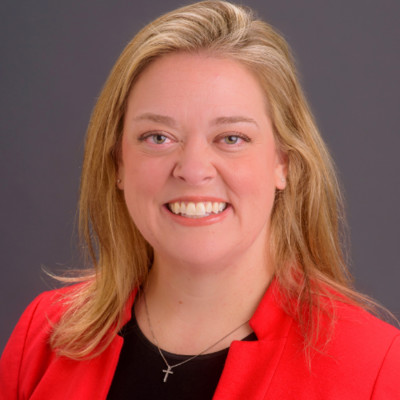The Justice System, Mental Illness, and Mental Health Court
Parasol II
Speaker(s):
Description
This is a presentation covering the complex interactions between mental illness and the criminal justice system. I give an overview of our criminal justice system, focusing on our local system. Then transition into statistics about mental illness and incarceration. Will discuss the challenges of treating patients in jail. Then will discuss mental health courts – the general set up and efficacy.
Objectives
Explain the basic foundations of the United States Justice Systems
List the common steps involved in a criminal court case
Identify the challenges of having mental illness while incarcerated
Identify the challenges of treatment patients with mental illness while incarcerated
Explain the essential elements of a successful mental health court

